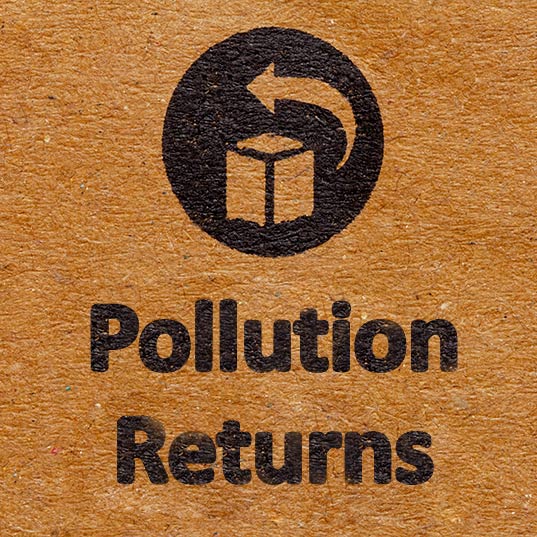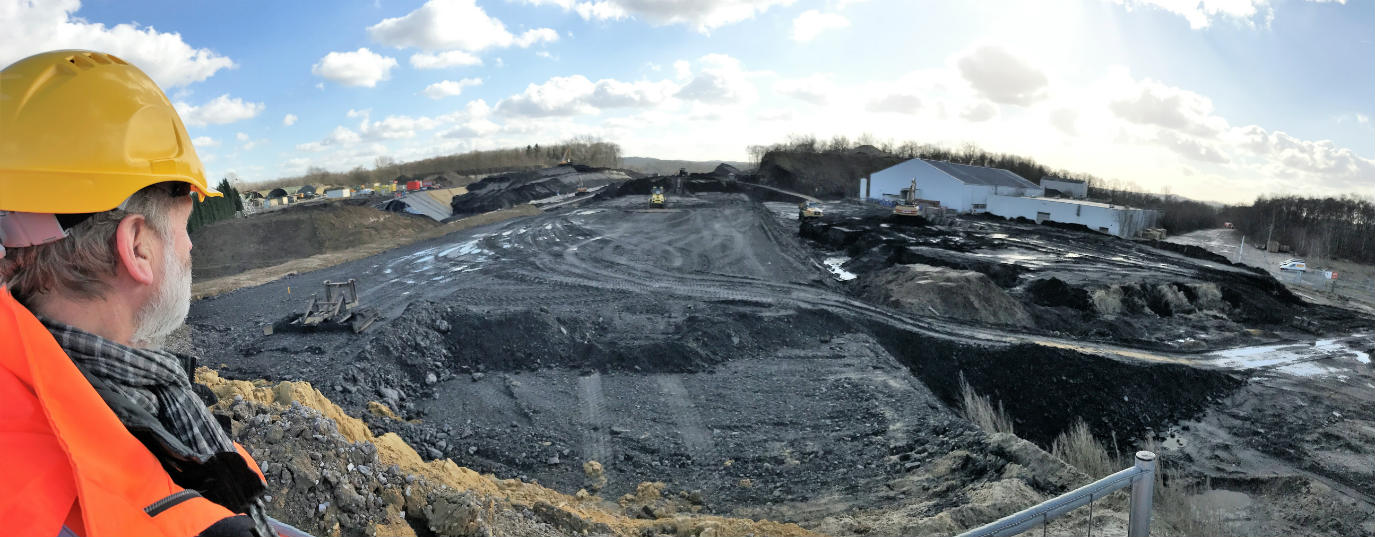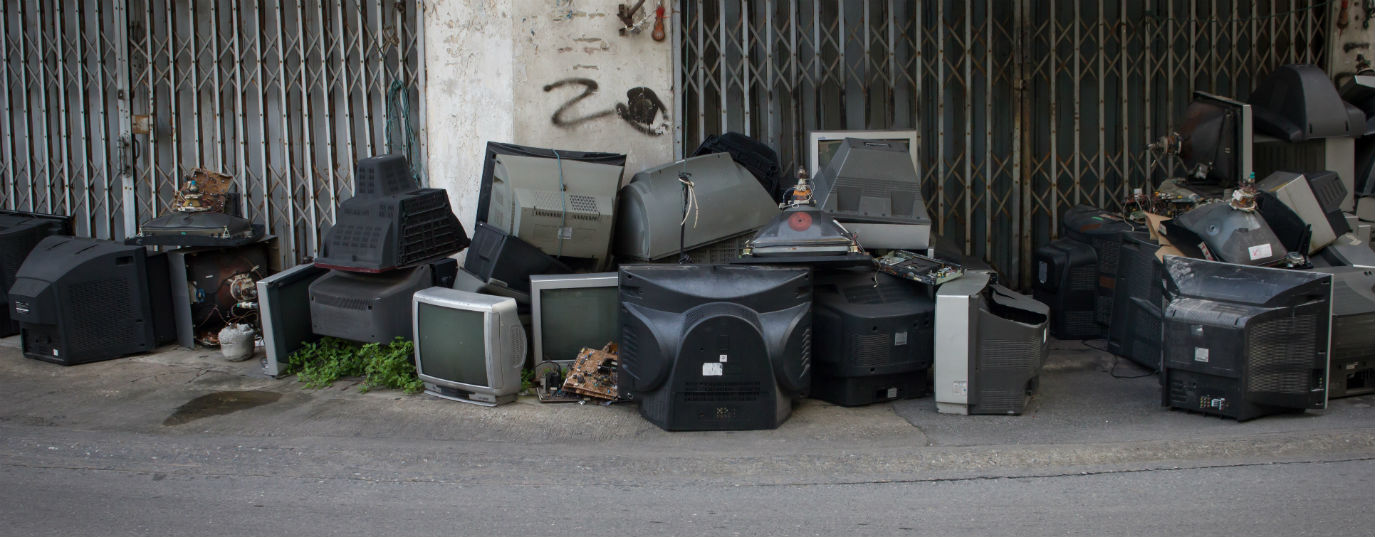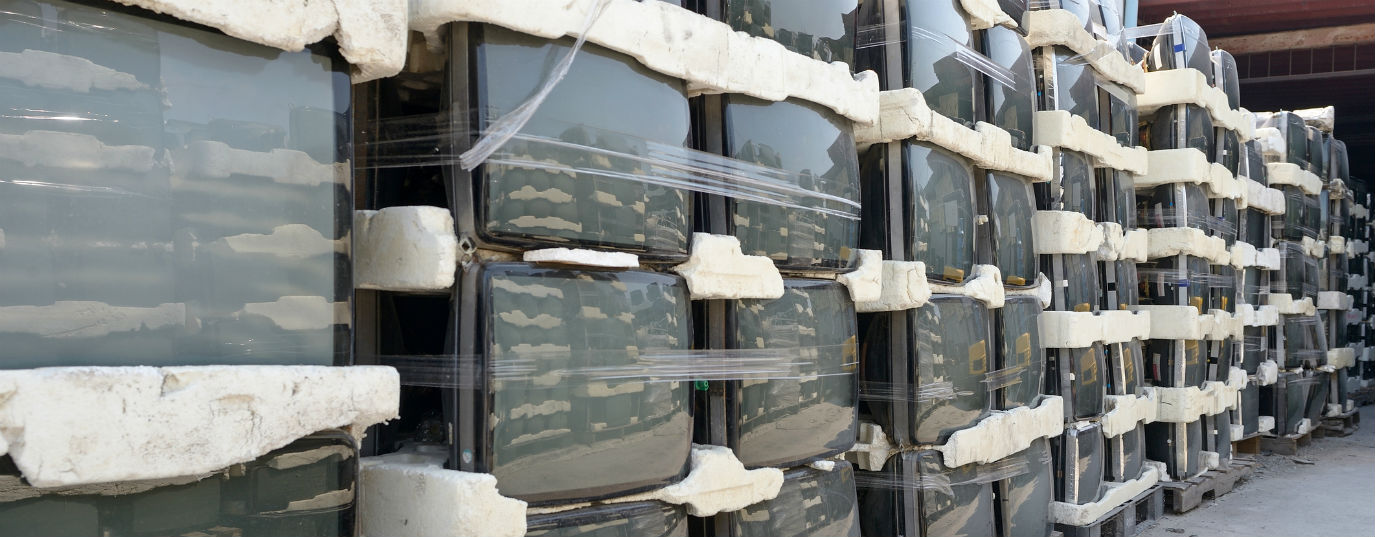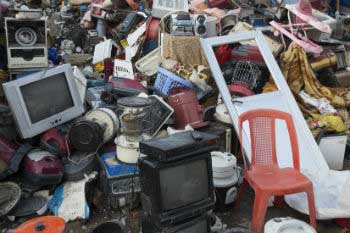Planned obsolescence: The serious problem of electronic waste
We generate 50 million tonnes of this waste each year. A high percentage ends up in waste dumps in developing countries.Does planned obsolescence really exist? How is the environment affected by the unrestrained consumption of electronic gadgets? According to the UN, we generate around 50 million tonnes of this waste each year from which a high percentage ends up in waste dumps in developing countries.
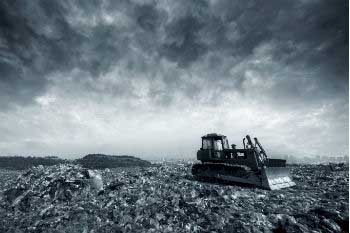
Agbogbloshie is a neighbourhood located in the city of Accra, Ghana, and it is a clear case of this problem; it has become an electronic-junk dump for all that waste coming from Europe and North America, being considered the largest one in the world.
So far it was in Asia, China or India where 70% of this technological waste used to go, but over the last years the West has moved the dump to Africa –mainly Ghana and Nigeria. Exporting electronic waste is illegal in the European Union, but the US Environmental Protection Agency describes it as legitimate. It is thought that, while the sending of used hardware is designed to “bridge the digital divide”, all this hardware is most often useless (25% - 75%). It is transported in containers labelled as “second-hand merchandise” as exporting reusable products is certainly permitted by the EU regulations.
Planned obsolescence: How is the generation of waste affected by it?
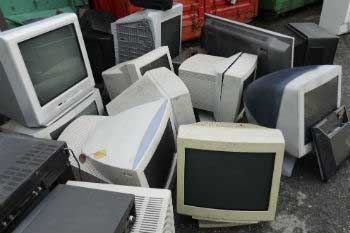
Computers, printers, mobile phones, fridges…All these products have had their service life reduced; gadgets which we live with every day now just last for some years and they suddenly stop working.
We should add the speed with which new models come out on the market, with updates, improvements, etc. that lure us into repeated consumption, generating huge amounts of electronic waste in developed countries.
Ghana: the toxicity problem
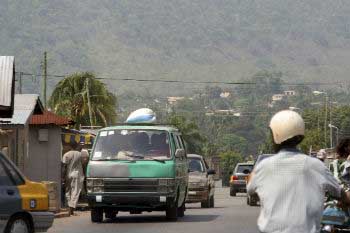
- All these pieces of hardware contain dangerous chemical substances and materials which pose a serious threat to both people and the environment, as well as high levels of toxic lead, cadmium, chemical substances like phthalates DEHP and DBP –which interfere in reproduction –and carcinogenic chlorinated dioxins.
- We should add that this type of waste ends up in countries with virtually no regulations on waste recycling or management, as is the case of this African country. Many times this waste is treated by children having no protection and they even handle the gadgets with their hands to extract especially aluminium and copper. Materials are treated in bonfires releasing dust and fumes derived from the burning –mostly from the combustion of PVC. Many workers, including children, end up getting sick.
Planned obsolescence: What can we do?

- Demand planned obsolescence come to an end as far as possible. Choose brands whose products we know last longer; demand products at shops with a longer service life. France has recently taken strong measures against planned obsolescence, and businessmen will be liable to prison sentences and companies will be liable to fines of up to €300,000 if these kinds of practices are found to be performed.
- Demand longer warranties for the products and spare parts guaranteed.
- Recycle our electronic waste properly and demand manufacturers eliminate dangerous substances contained in these products.
And what do you think it should be done about it?
More information: Interpol, Greenpeace.


